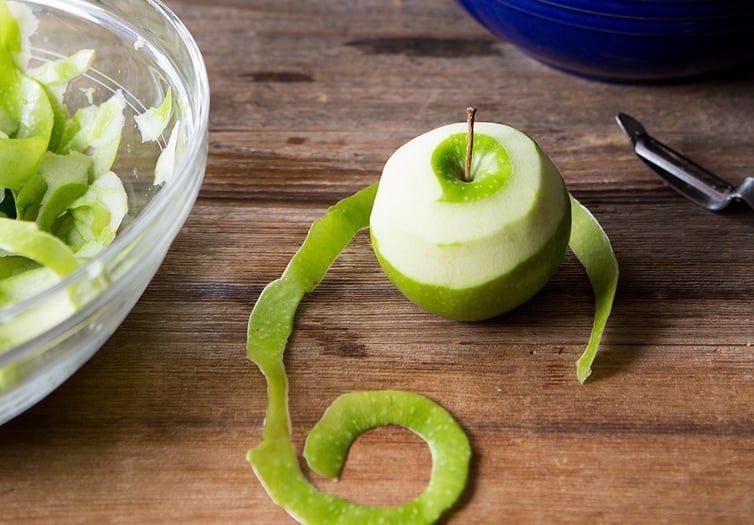Writing essays is like paying bills – we all have to do it at certain points in our academic careers, and it's not always the most exciting experience. Sometimes it can be interesting, sometimes it can even be a relatively enjoyable experience if we like the subject matter, but it's usually not the top of our Fun Things To Do on Holidays list. To be honest, most of us have probably cleaned our rooms and done the dishes to put off writing an essay that little bit longer.
Now, I'm not going to lie - this guide probably won't change that. No amount of glitter or '90s WordArt can make that property law essay more exciting. What this guide will do, however, is provide an idea upon which to base future essays, so that even when you're halfway through an all-nighter and stuck on how to write your next paragraph, you'll still have a structure to work from and build upon.

This idea is called the PEEL structure, which stands for:
Point
Explanation
Evidence
Link
This PEEL structure can be applied to each paragraph of your essay in the following way:
Point – Present the main point of your paragraph. What are you arguing here? This will obviously vary in length, depending on the allocated word count of your essay, but should take between one and four sentences to introduce.
Explanation – This is exactly what it says on the tin: explain what your main point is that you've just introduced. Explain your argument, then expand and elaborate on it further, so that the reader understands what this main point is, and why it matters to your essay. Remember, the reader is about to spend a good amount of time (a minute at the very least) reading and thinking about the idea you're arguing, so this is your chance to explain why they're spending time on this instead of having that nap they've been planning on all morning.
Evidence – Again pretty self-explanatory, this is the stage in your paragraph where you provide evidence to back up your Point and Explanation. Now is the time to pull out your ammunition of carefully referenced sources to support your assertions that Your Point Is Important And Valid.
Link – The last and possibly shortest part of your paragraph, this is where you relate your PEE (Point, Explanation and Evidence – let's not be vulgar, thank you kindly) back to the main topic of the essay. You've introduced your argument, you've explained why it's important and depriving the reader of sleep, and you've presented convincing, well-referenced evidence in support of this – but why is it relevant to the essay overall? How does it contribute to the overarching topic? This should only be a sentence or two, and can also be used to link the present paragraph to the next.
And well done, you've finished your paragraph!

Let's look at an example now, using the essay topic “Cephalopods are like aliens in our oceans: discuss”.
In this paragraph, we're going to look at the cuttlefish.
(Please note that while the Evidence in this instance is largely visual, this is an example, and in a complete, formal essay would be discussed with relevant links provided as additional references).
Point: Cuttlefish are a kind of cephalopod, and they are like ocean aliens.
Explanation/elaboration: Cuttlefish can be found throughout the world's oceans, and are like aliens because, unlike our own four limbs and fixed physiology, they have 8 arms, 2 tentacles, W-shaped pupils, and can both camouflage themselves as coral and flash different colours.
Evidence: A cuttlefish moves from its disguise as coral and flashes different colours.
A cuttlefish flashes colours as it sneaks up on its prey, before attacking and showing its tentacles and arms.

Link: In this way, as we have already seen with the squid and will next encounter with the octopus, the cuttlefish is very much an alien-like life-form within our oceans.
We can thus see the progression through the paragraph, from the introduction of the Point – that cuttlefish are like aliens in the oceans – to its relation back to the topic and following paragraph with the final Linking sentence.
Of course, this is not the only way to construct and write an essay, and if you already have a specific method to writing your essays, that's fantastic. But if you don't – and by sticking with me 'til now, you're either looking for more essay ideas or are just very bored – this is one possible structure that can provide a systematic approach to planning and getting your ideas down on paper.
Essays may not be all that fun, but this method can help to make the writing process ever-so-slightly more aPEELing.
If you would like more tips like this, you can connect to our English subject specialists anytime from 3pm - midnight. Find your access here.


